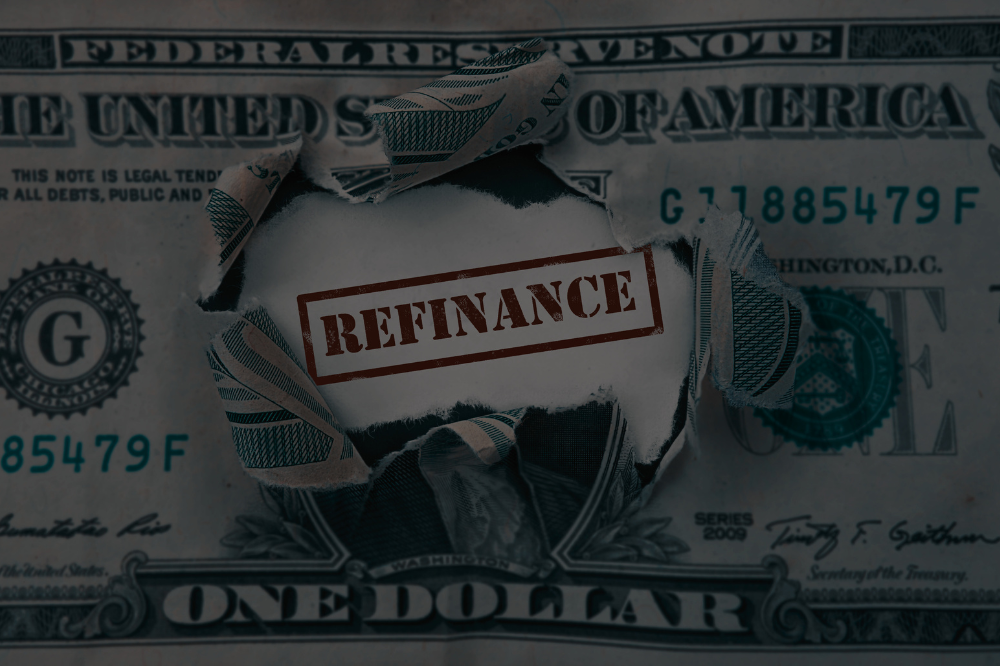Find out what refinancing is and how it can be a good option when stuggling with a repayment!
Refinancing is a strategy that allows you to find offers with more favorable terms to top up your existing debt. But do you know exactly what it is and how it works? That’s what you are about to find out!
Get to know more about it, so you can understand how to use it when stuggling with a repayment! Also, if you want to check out more financial tips on our website, you can click on this link!
What is Refinancing?
As mentioned previously, refinancing is a strategy that allows you to replace your current loan with a completely new one, essentially by borrowing money from a new lender to pay off your existing debt. The new loan typically comes with different terms, such as a lower interest rate, a longer or shorter loan term, or a fixed or adjustable interest rate (depending on what you had originally).
Examples of Refinancing
- Mortgage Refinancing: this is the most common one. People do it to get a lower interest rate, shorten the loan term, or access the equity in their home;
- Student Loan Refinancing: can help you consolidate multiple loans into a single loan with a lower interest rate. This can simplify your repayment process and potentially save you money on interest;
- Auto Loan Refinancing: can help you get a lower interest rate or extend the loan term to lower your monthly payment.
Pros and Cons of Refinancing
Pros
- Lower Interest Rate: the most significant benefit. This can significantly reduce your monthly payments and save you money over the life of the loan;
- Shorter Loan Term: you can refinance your loan to a shorter term to pay it off faster and save on interest;
- Lower Monthly Payment: refinancing to a longer term can lower your monthly payment, making it easier to manage your budget;
- Access to Cash: some refinance options allow you to access cash from the equity in your home (for mortgage refinancing) which can be used for debt consolidation, home improvements, or other financial goals.
Cons
- Closing Costs: refinancing typically comes with closing costs, which can include origination fees, appraisal fees, title fees, and recording fees. These costs can add up and negate the benefits of refinancing if the interest rate reduction is not significant;
- Impact on Credit Score: applying for a new loan can cause a temporary dip in your credit score;
- Extending the Loan Term: while a longer loan term can lower your monthly payment, it also means you’ll be paying interest for a longer period, ultimately costing you more in the long run.
How to Refinance a Loan
- Shop Around for Lenders: compare rates and terms from multiple lenders to find the best deal;
- Get your Credit Score in Order: a good credit score will qualify you for the best interest rates;
- Gather your Financial Documents: you’ll need to provide documentation of your income, employment, and assets;
- Submit a Loan Application: once you’ve chosen a lender, you’ll need to submit a formal loan application;
- Close on the Loan: once your loan is approved, you’ll need to close on the loan and finalize the paperwork.

